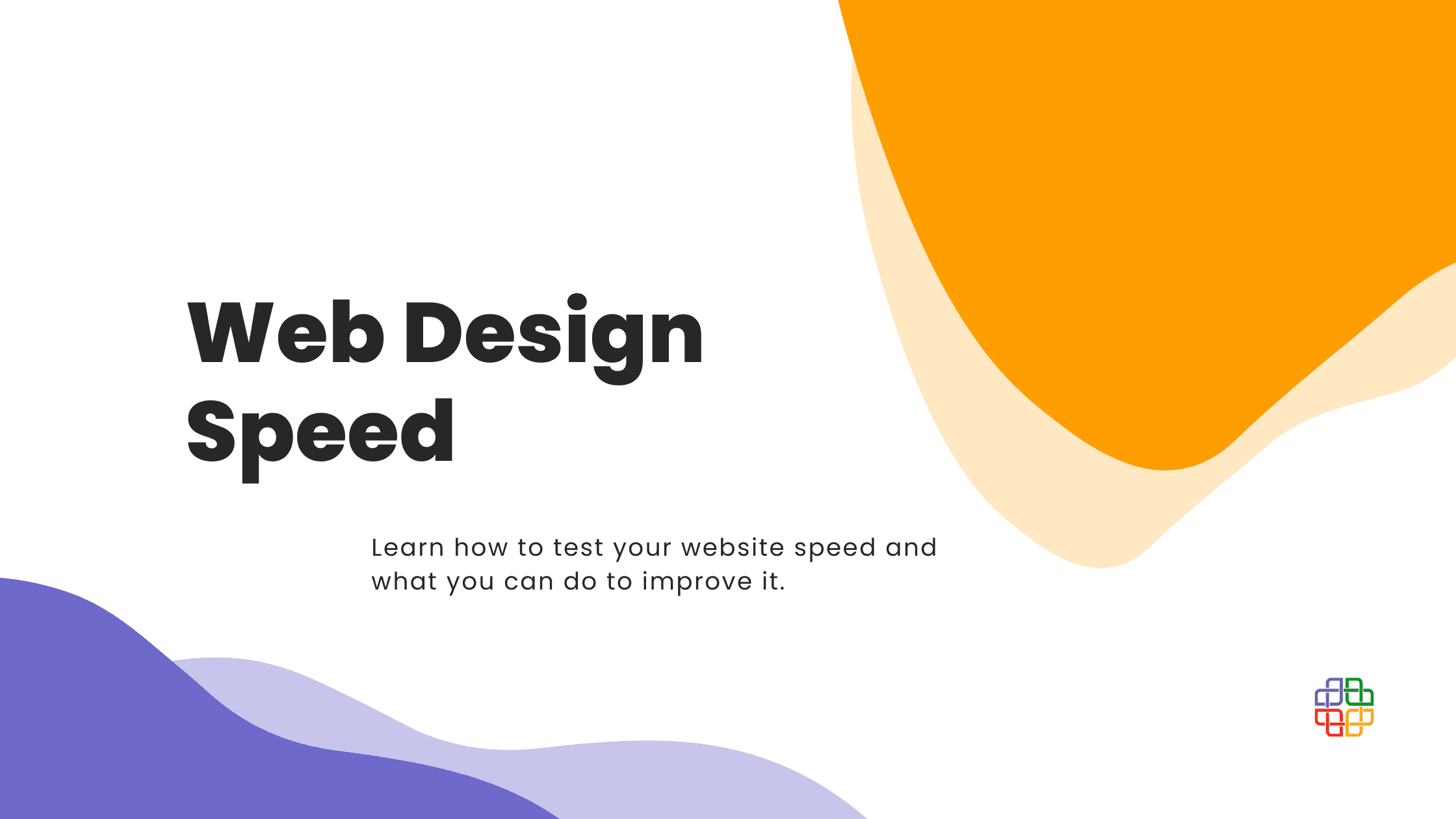Content is what breathes life into your social media profiles. In order for your online endeavors to be successful you need to plan your content smartly and execute it carefully. One of the common mistakes that people make when they are just starting their social media journey is posting the exact same thing on every platform. In this article you will learn why you should avoid this pattern and how to successfully deal with social media content diversification.
Why is it important to diversify your social media content?
Just think about it – there are various social media options available and if you look at the top 10 most popular platforms, each one of them will be based on different mechanics and different types of content.
That’s because people have their preferred ways of receiving information. A person who wants to have quick and simple access to the latest news would choose Twitter. But someone who likes to scroll through visual content will be more inclined to Instagram or Pinterest.
Learning more about the characteristics of different platforms and adjusting your content to them will not only increase your chances of getting across to your target audience, but will also show your professional approach to social media.
(And, frankly speaking, it’s kind of embarrassing to promote your business or organization in 2022 and still not know a thing or two about different social media platforms and how they work. But don’t worry. We won’t tell anyone 😉 )
When in Rome, do as the Romans do
Specific platforms serve specific purposes. To make the best out of them, there needs to be some effort put into diversification of your content. People don’t open Instagram to see a wall of text, the same as they don’t open LinkedIn for funny cat videos. Once you step into the world of a certain social media platform, you need to make an effort to fit in. Don’t force funny cat videos on LinkedIn. Better leave that for TikTok or Youtube Shorts.
By content diversification we don’t necessarily mean that you have to create a completely different stuff for each platform that you wish to engage in. What you need to do is to share your content in different ways, depending on what platform you choose.
Got a new great article on your blog? Share a few strongest quotes and a link on your Twitter. On LinkedIn you can go further and share a whole excerpt. However, if you wish to promote it on Instagram as well, don’t rely on text. Instead, create cool infographics that would showcase the key points from your article.
These are, of course, just examples. You can do much more and there are many different options of content sharing within each platform. In order for your social media campaigns to be successful, you need to take some time to really get to know each platform and its audience (we’ll help you with that in just a minute). And you would want to do that before you even start creating accounts.
Why? Because you don’t want to get stuck with a bunch of platforms irrelevant to your organization’s goals. If you’re aiming at a young audience, you might not need platforms such as LinkedIn or Facebook. On the other hand, if you don’t have any content suitable for short videos, TikTok may not be the best choice for you.
To avoid wasting your time on platforms that you don’t need, first focus on your marketing strategy, target audience, goals that you want to accomplish, type of content that you’re able to produce. Only once you’ve got all of these aspects figured out, start investigating which social media platforms will be the best for you.
Social Media platforms
There are several social media platforms commonly used in marketing and branding. Each one of them has its own characteristics, strong and weak points, preferred methods of communication, etc. It’s important to examine your options first, before you make any decisions.
How to choose?
There are a few basic things that you need to take into consideration when choosing a social media platform:
- What types of audiences are using the platform?
- What are the requirements of the platform? How often should you post and what types of content?
- What is your goal and which platform is the most likely to help you achieve it?
To help you find your answers to these questions, we’ve prepared a quick description of a few social media platforms, considering both their strengths and weaknesses:
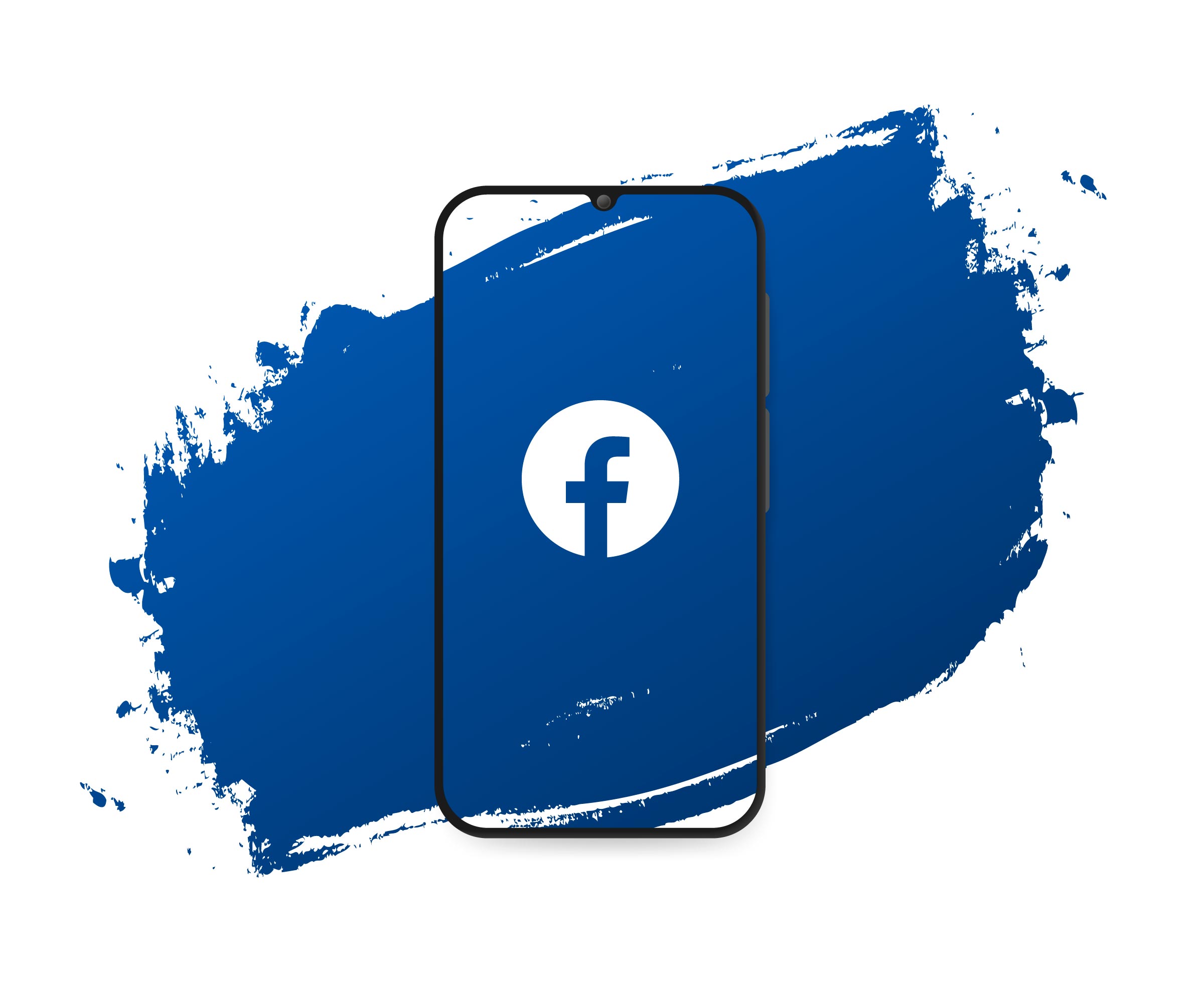
Facebook is a complex platform with multiple functionalities that can be useful in many different strategies.
Pros
Offers a variety of options, all inside one platform. It enables you to gather your community in one place and engage them via multiple activities. There are fan pages, events, polls, live streams, reels, groups, sales, job offers, etc. You can also communicate through Messenger and promote on Facebook Audience Network.
With Facebook you can work on various aspects of promotion: image, sales, employer branding, lead generation, customer service, education, research.
Cons
Facebook has been out there for a while, and even though most people still use it to some extent, the majority of its viewers are middle-aged and older. If people of this age are your target audience, then you should totally invest some time and focus on Facebook. However, if you are aspiring to reach younger viewers, it would be smart to consider putting more effort into other social media platforms.
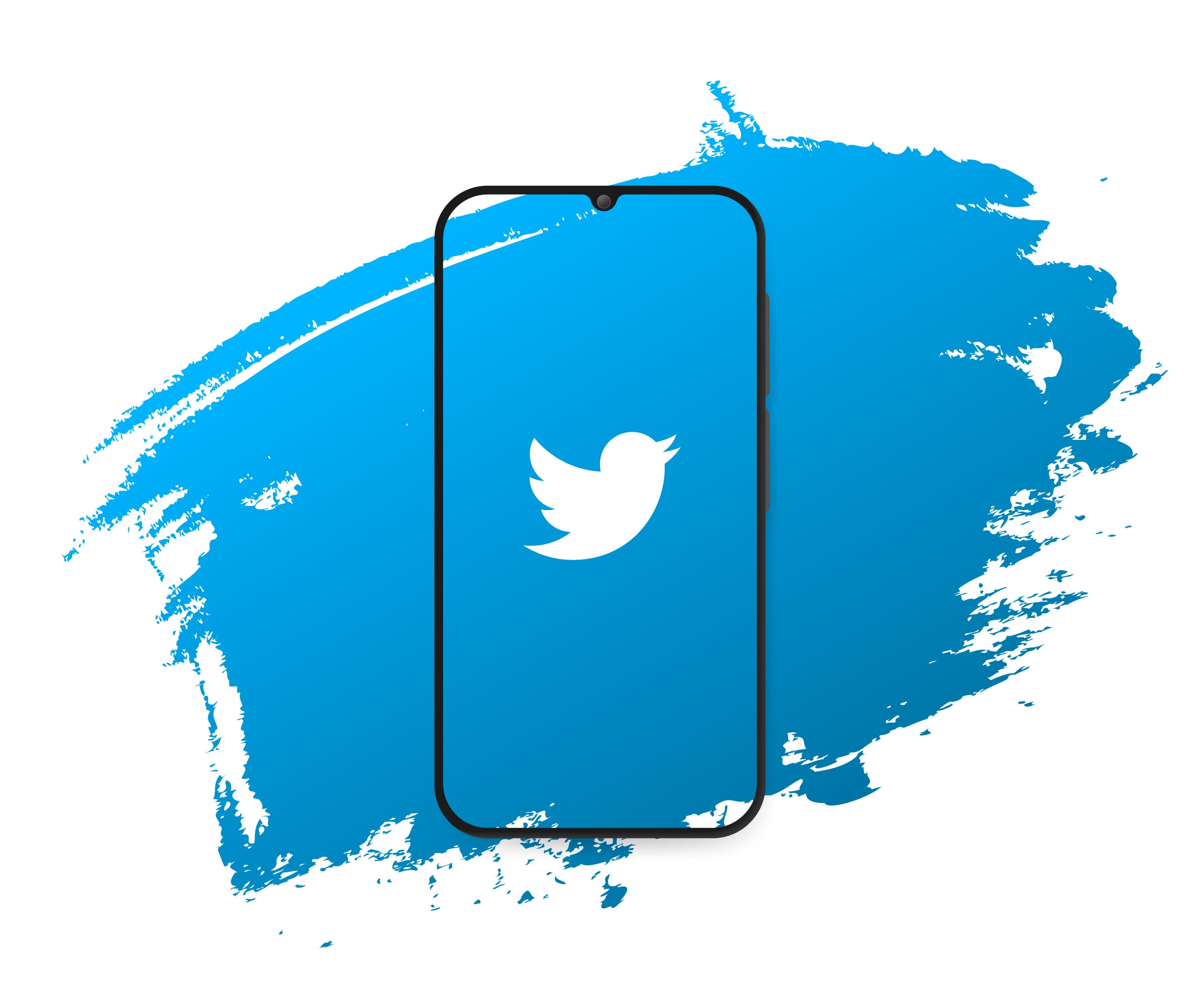
On the other side of the spectrum, there is Twitter. Contrary to Facebook, it prefers super short posts with limited character count (currently 280, however it used to be even shorter than that in the past).
Pros
Twitter is a perfect tool for real time marketing. It’s the first place people go to when they want to be up to date with the world’s news. Whatever and wherever happens, it will show up on Twitter within minutes, much faster than on other platforms. You can utilize it, engaging in what people are currently talking about.
Twitter also works well with hyperlinks. You can easily share them on your profile and increase your website traffic.
There is no limit to the number of tweets. You can post multiple times a day, engage in discussions with the commenters, create threads of connected tweets, polls, moments, newsletters, and paid ads.
By using relevant hashtags you can reach your target audience easier.
Cons
If you want to share a longer piece of text, Twitter is not the best choice. Due to the limited character count, the platform is focused on quick, very short messages. Only 5% of tweets are longer than 190 characters.
To be seen on Twitter you also must be very active. The more the better. Tweets are so short that many users post multiple times a day.
If you don’t have many interesting news or resources to share, it might be hard for you to get your Twitter profile moving. For long and rare posts there are other platforms that will work better (i.e. Facebook, LinkedIn).
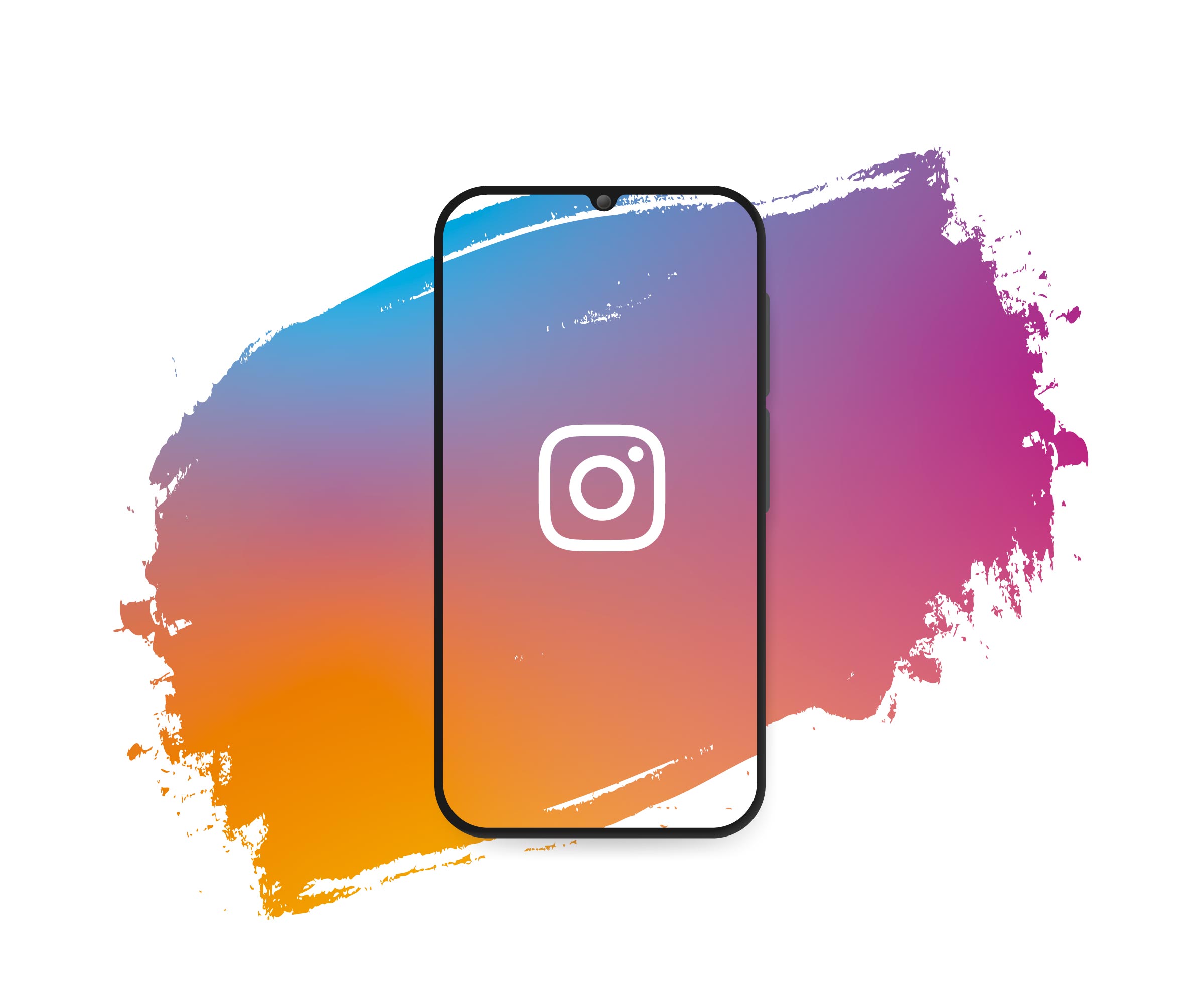
Instagram’s success is based on quite different methods of sharing content. It’s focused on visual posts rather than on textual ones.
Pros
Instagram offers a few ways to share content, and each of them is very much popular among users. You can post photos or graphics on your profile, use Instagram Reels to create short videos that can easily go viral, Instastories, and paid ads. Being a versatile, visual platform, companies and organizations often use Instagram to promote their brands.
By using relevant hashtags you can reach your target audience easier.
Cons
Posting links on Instagram unfortunately causes limited reach of your content. It’s a big disadvantage of this platform. If you want to increase your website traffic by i.e. promoting your articles on social media, Instagram won’t be the best choice for you.
Aesthetics are crucial on this platform. Therefore, you need to take extra care of the visuals of your profile and your posts. They must be coherent, using the colors of your brand, and stay dedicated to one style of posting. Otherwise, your profile won’t look attractive to potential customers. Depending on the type of content that you want to promote and the capabilities of your team, this can be an asset or a drawback.
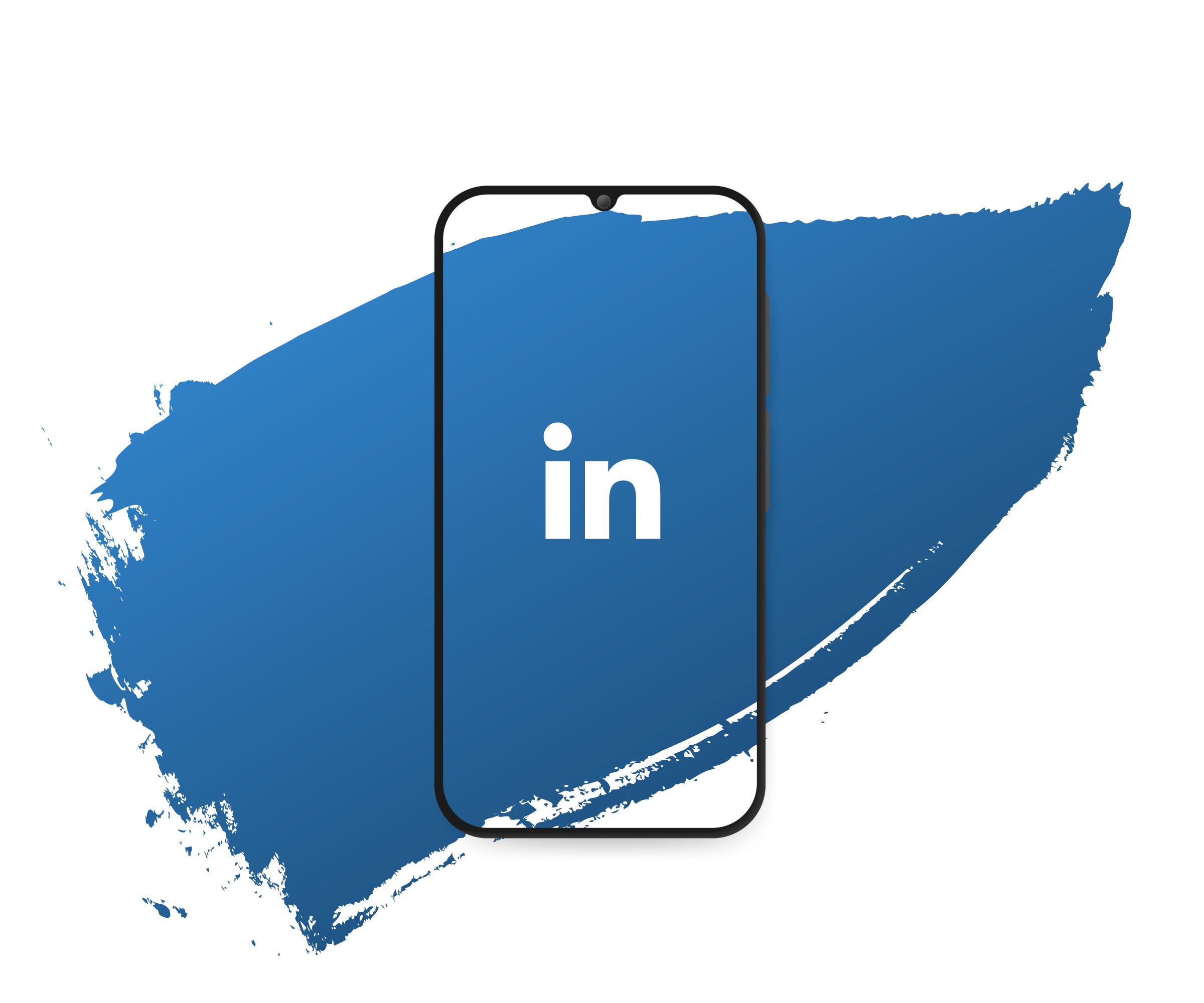
Compared to the previously described platforms, LinkedIn is more business-oriented.
Pros
Gathers business-focused people, companies and organizations, which makes it easier to engage in B2B marketing here, than on other platforms. LinkedIn is used to make contact with other business owners, create business relationships, find B2B customers, or future partners. It’s a place to generate leads, to build your professional image and to expand your network of contacts. It also allows you to invest in paid advertising.
A great advantage of LinkedIn is the fact that you can share your content not only in the form of text and pictures but also presentations or PDF files.
Cons
This platform has its specific target audience and won’t be suitable for any purpose. It’s not as flexible in its characteristics as Twitter that can serve both for entertainment and for business marketing purposes. In the case of LinkedIn you need to be sure that the B2B audience is whom you are looking to reach.
Multichannel Marketing: how to diversify your SM content?
Multichannel marketing is a tactic that can intensify your branding and your sales operations. It is also incredibly helpful in the process of establishing relationships with different groups of viewers. If you have enough ideas and resources, you should totally engage in more than one social media channel. However, there are a few rules worth remembering:
- Diversify your content – don’t post the exact same thing in three different places! It will make you look boring and irrelevant.
- Always post in high quality – don’t stretch your stuff too thin, otherwise it will be useless and purposeless.
- Think of your target audience, not about yourself – what will be useful to them? What value can you offer in exchange for their engagement? What can you do to make them associate your brand with this value?
- Use different resources – tutorials, infographics, checklists, case studies, videos, product showcases, testimonials, etc.
- Remember about the Pareto principle – 80% of your content should be valuable and useful to viewers, and only 20% focused directly on sales.



